WATCH: How to Right the Wrongs of Cannabis War Crimes
The Bluntness has published several articles over the past few weeks in honor of Black History Month.
However, this curated virtual panel “How to Right the Wrongs of Cannabis War Crimes,” is one of the most important, most urgent pieces of content for anyone interested in social justice.
Like Black history itself, this is much bigger than just one month out of the year.
The so-called war on drugs has ripped apart countless families of color, and it is still happening to this day.
Whether you go back to the early 1900s and into the ‘30s with Harry Anslinger or the re-launch of the war on drugs in the '70s by the disgraced President Richard Nixon, this has always been a war against people, predominantly people of color.
Again, this is still happening!
In 2020, more than one million people were arrested in the U.S. for personal possession of drugs.
Even as cannabis legalization gradually spreads across the “land of the free,” someone is arrested for cannabis every 90 seconds in the U.S.
What’s more, these absurd drugs laws continue to disproportionately impact people of color.
For example, Black Americans are four times more likely to be arrested for cannabis charges. And that’s just the average. In some states, the likelihood is much greater.
We could go on at length about the failed experiment that is the war on drugs, the atrocities, the loss of life, the creation of a prison state, and the violations of human freedom and dignity.
But how do we fix this? How do we pick up the shattered pieces, how do facilitate love and healing for the people, families, and communities caught up in this outright scandal?
Righting these wrongs is much more complex than legalizing cannabis and pretending the war on human freedom never happened.
And it’s certainly more complex than offering half-baked social equity programs, most of which have been a total failure.
The solution here requires unity, justice, and reparation.
It requires curiosity, the ability to listen, and open your heart.
This is an issue that involves the entire country, especially the cannabis industry.
One cannot morally profit off of legal weed while turning a blind eye to the ongoing devastation surrounding the war on drugs.
If you want to be a part of the solution, I strongly urge you to watch or listen to this virtual panel.
Thank you to everyone involved:
Juliana Whitney (moderator) – President at Cann Strategy & Co-Founder at Leafsheets.com
Erik Range – Founder at Hemp⋔ and Board Chair at Minorities for Medical Marijuana
Niambe Tosh – Executive Director at Peter Tosh Brand & Legacy
Frederika Easley – Director of Strategic Initiatives at The People’s Ecosystem
Marie Montmarquet – Co-Founder at MD Numbers Inc.
Check out what these amazing people have to say about “How to Right the Wrongs of Cannabis War Crimes,” and please share if you want to spread the message.
Need a little more Bluntness in your life? Sign Up for our newsletter to stay in the loop.
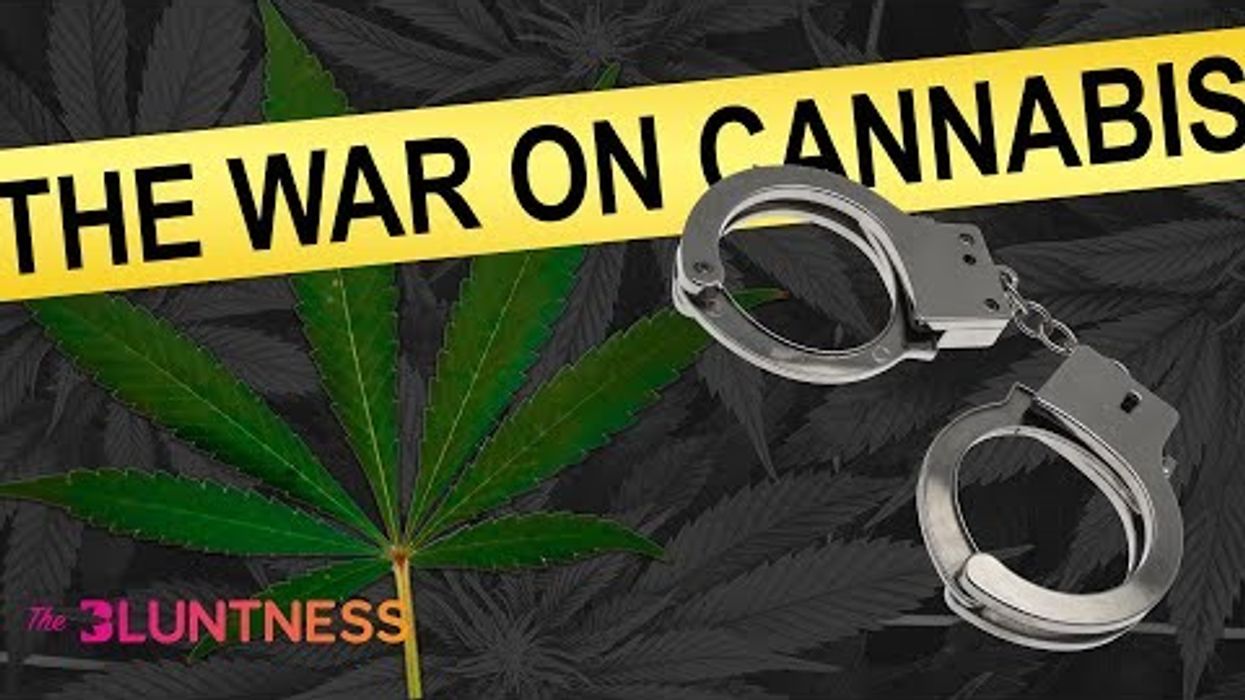


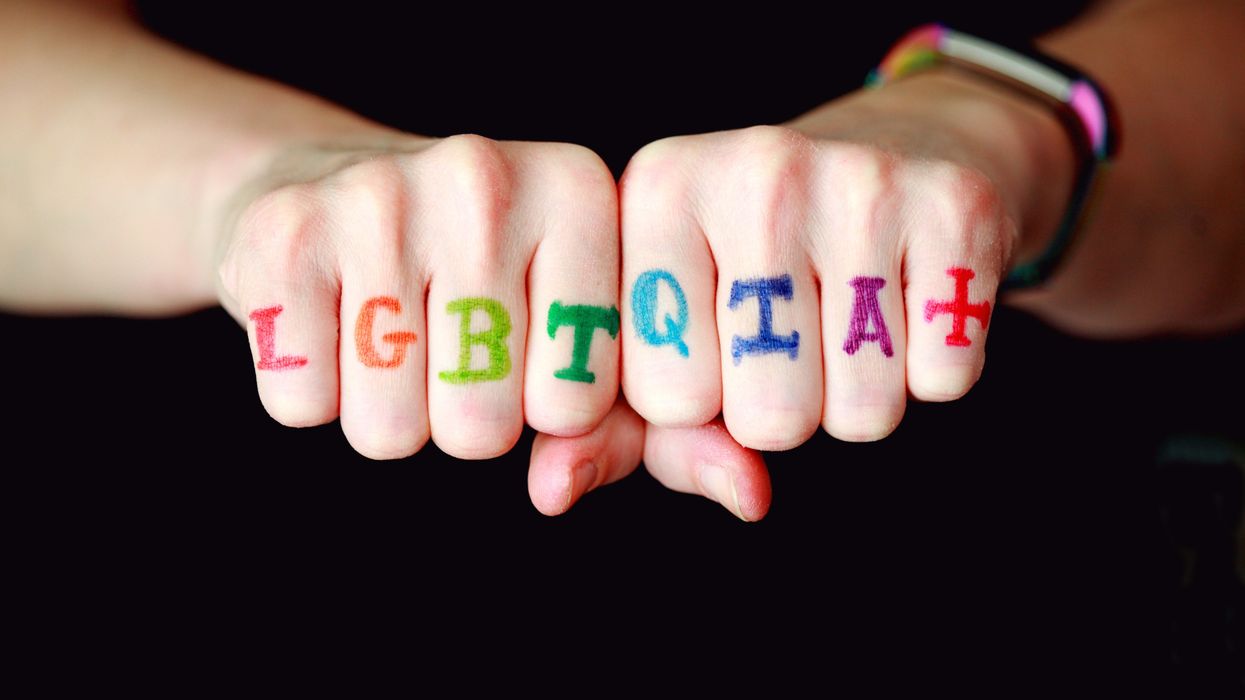
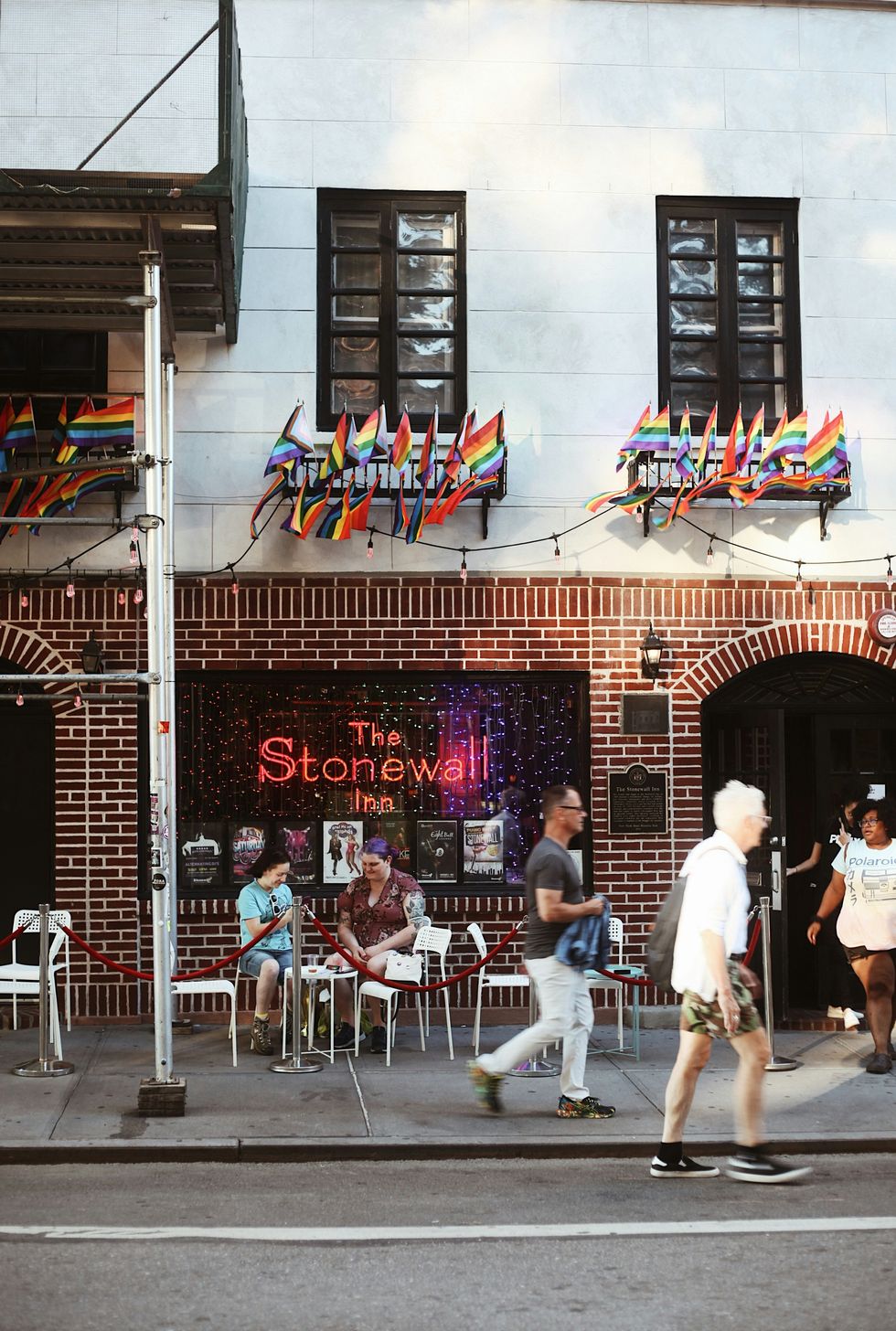 From Stonewall to Street Activism: The Rise of LGBTQ+ Advocacy - The Bluntness Photo by
From Stonewall to Street Activism: The Rise of LGBTQ+ Advocacy - The Bluntness Photo by 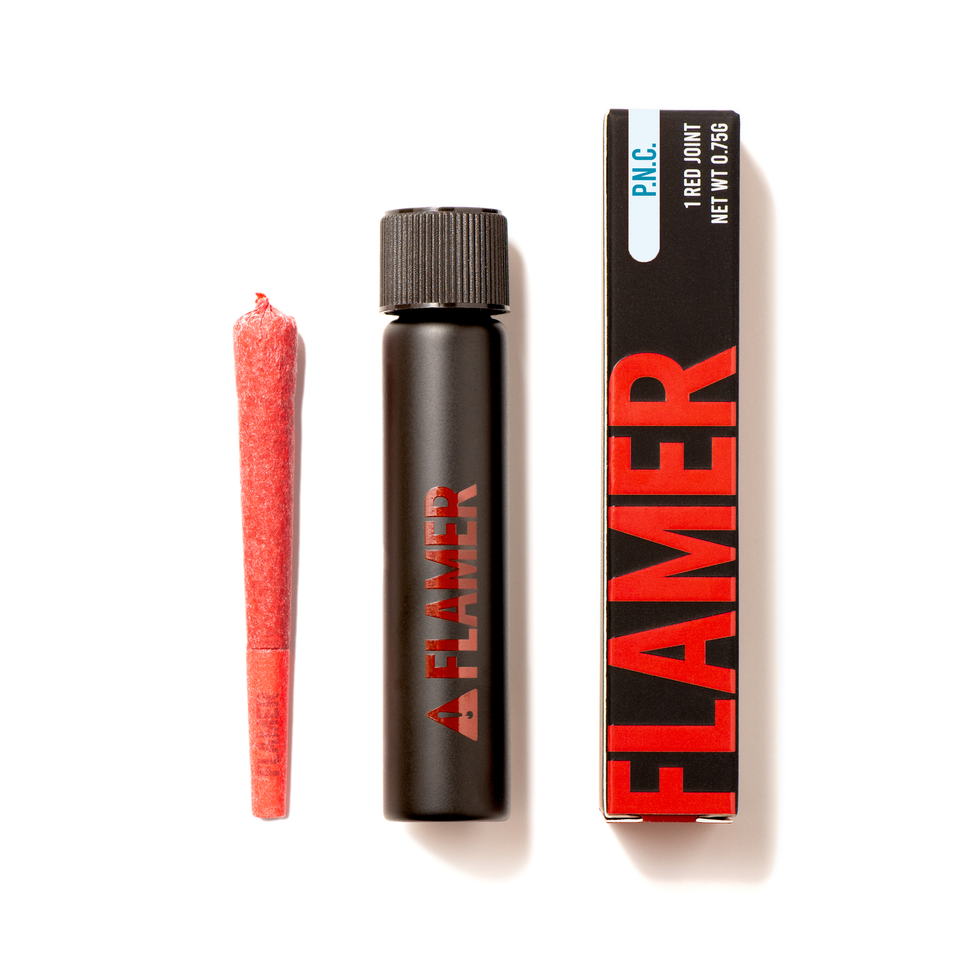
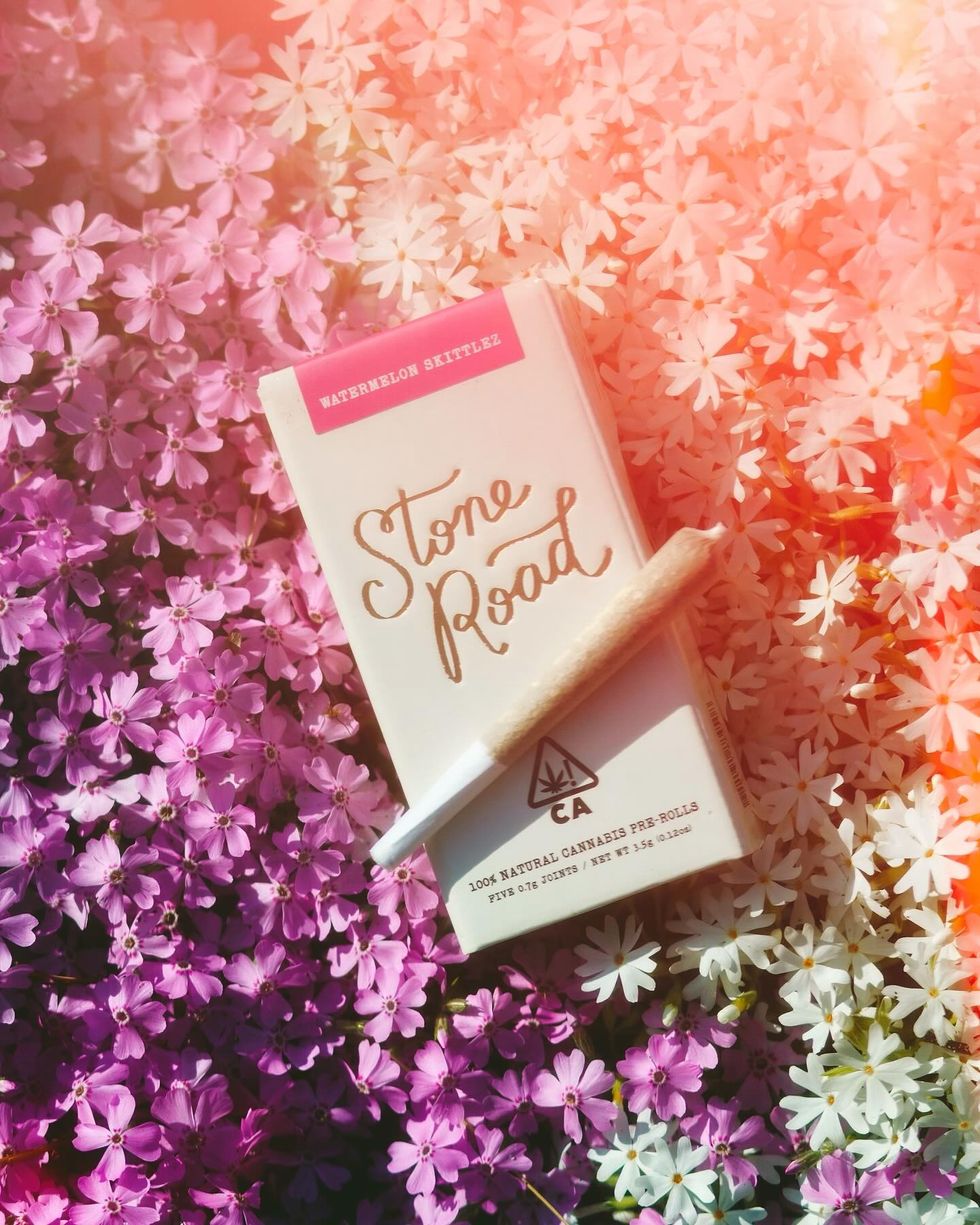
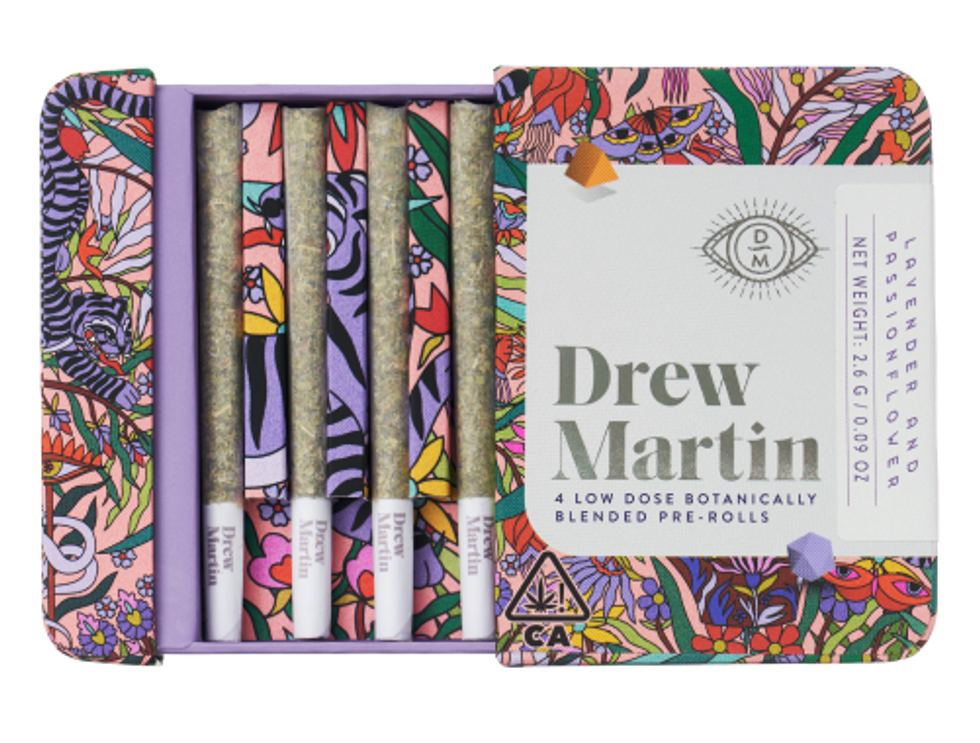

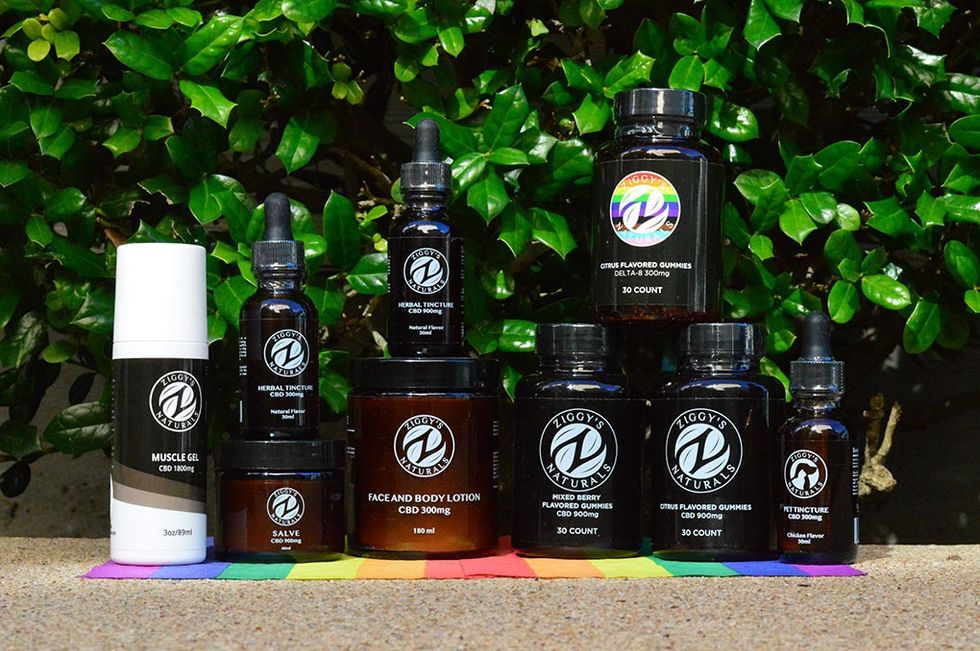

 Example of sexually suggestive content that's rampant on our Instagram feeds and under Explore sections.
Example of sexually suggestive content that's rampant on our Instagram feeds and under Explore sections.  Examples of sexually suggestive content that's rampant on our Instagram feeds and under Explore sections.
Examples of sexually suggestive content that's rampant on our Instagram feeds and under Explore sections. 

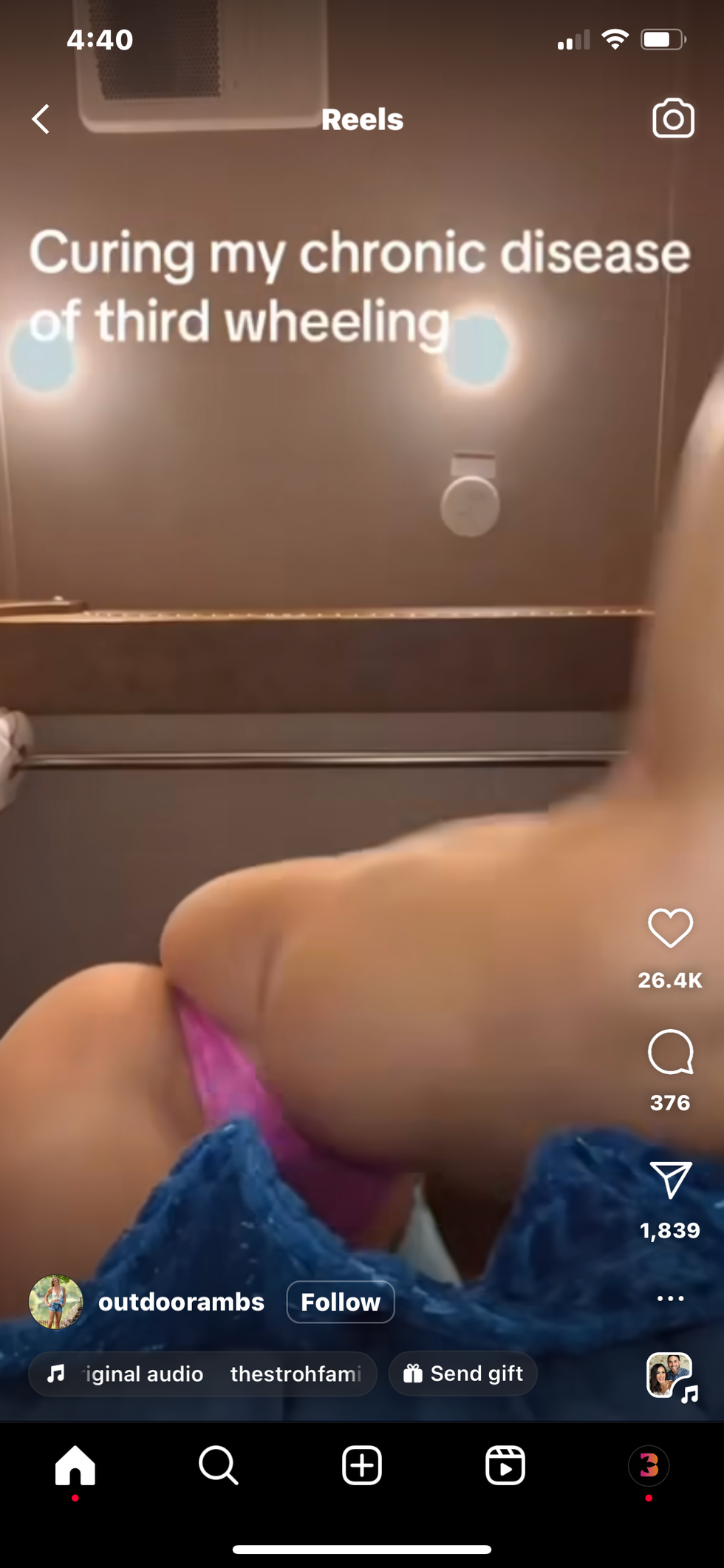


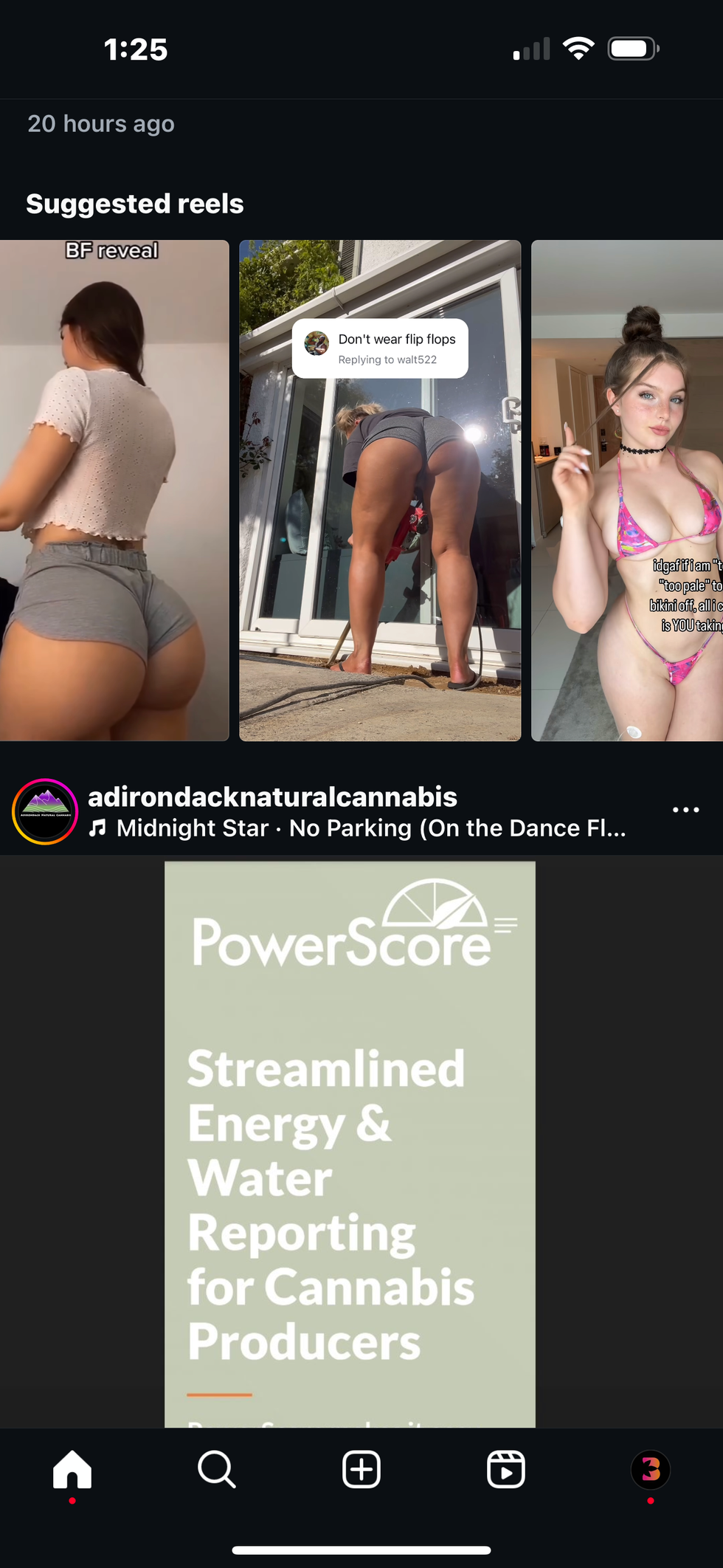
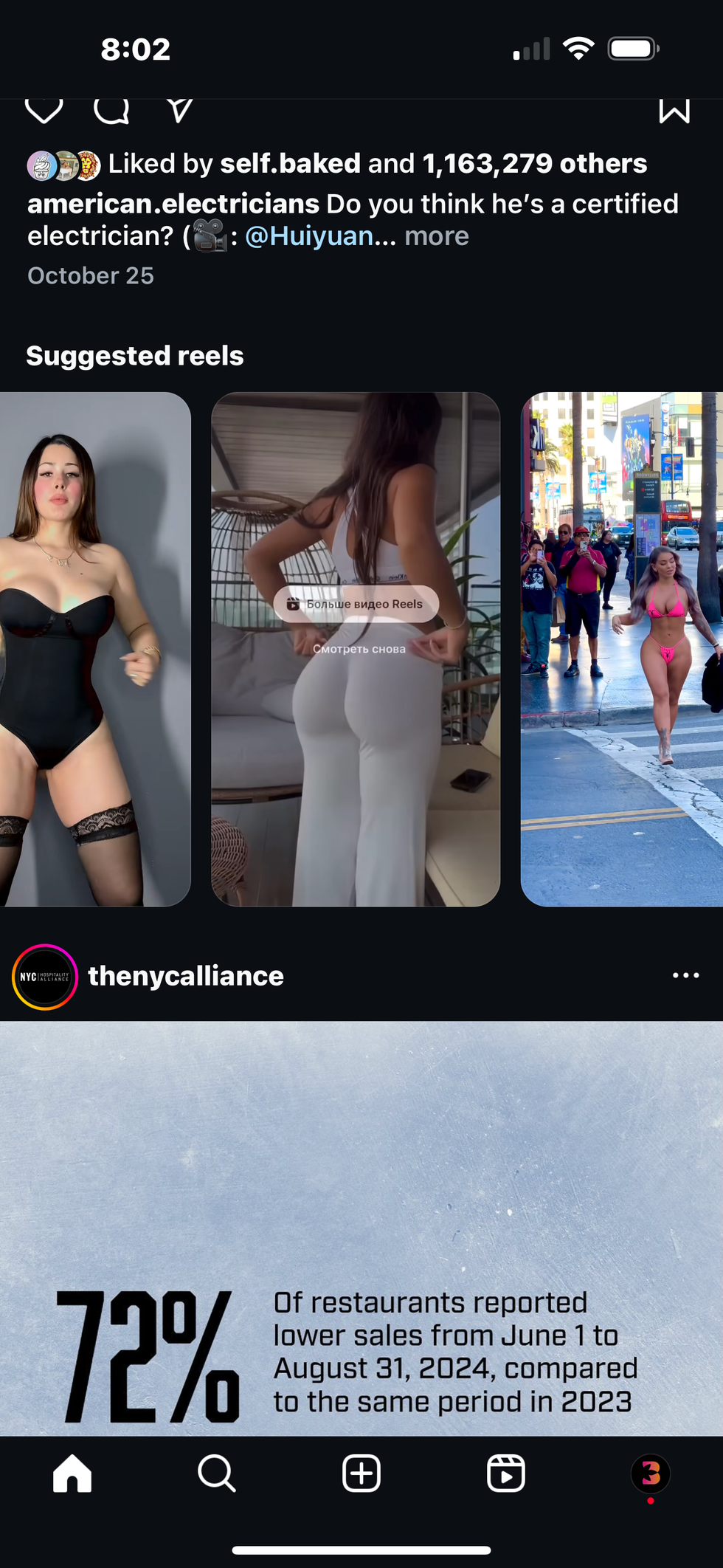

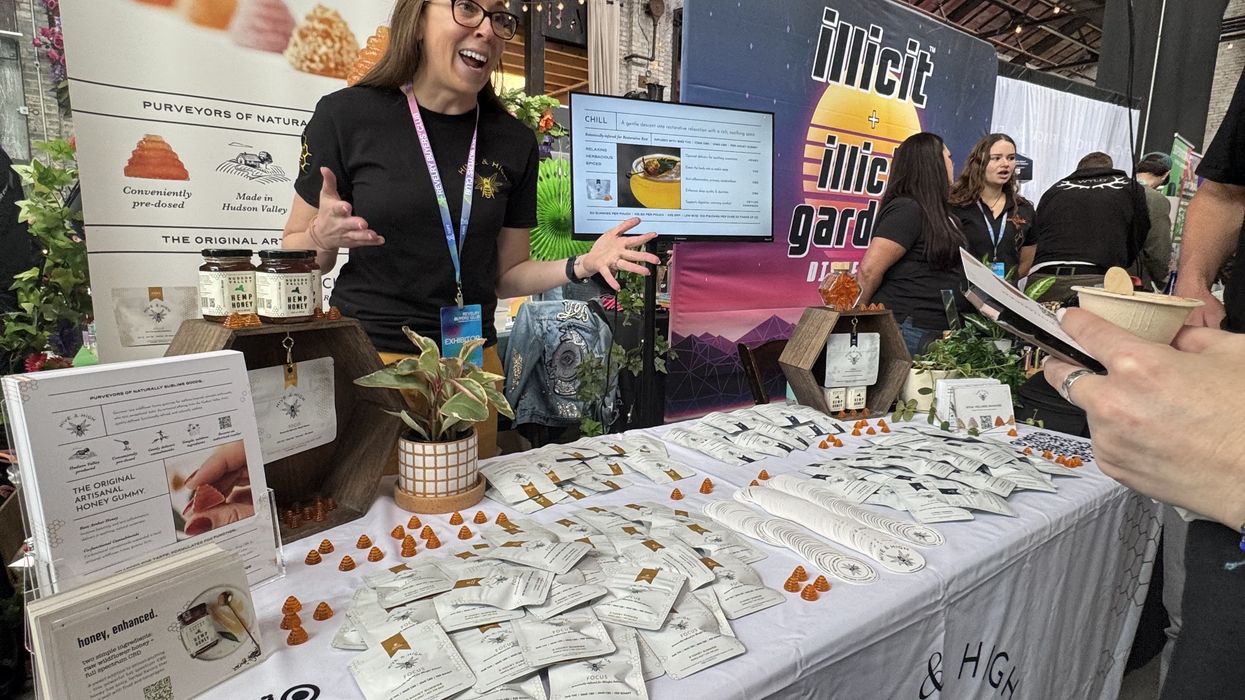
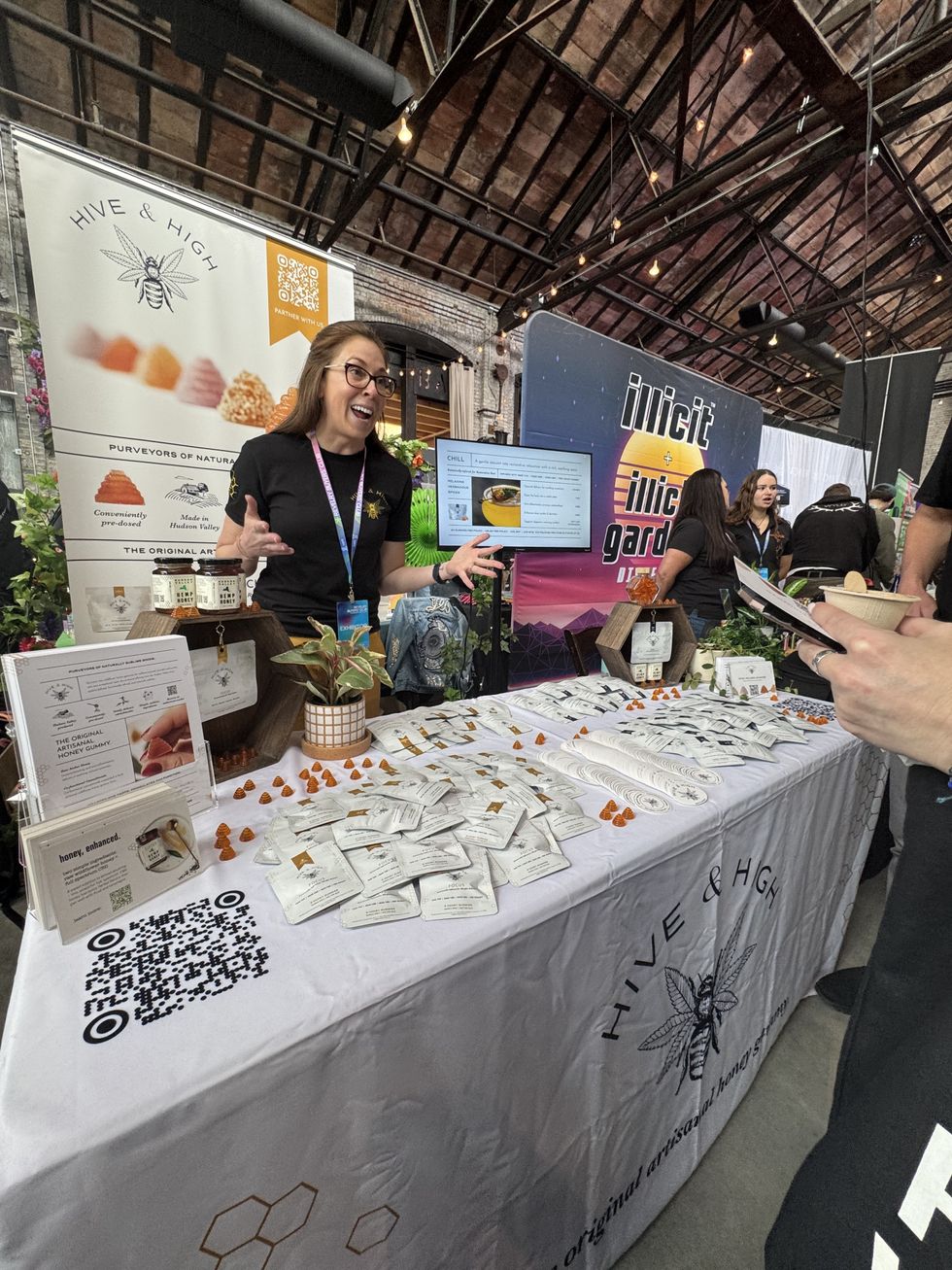
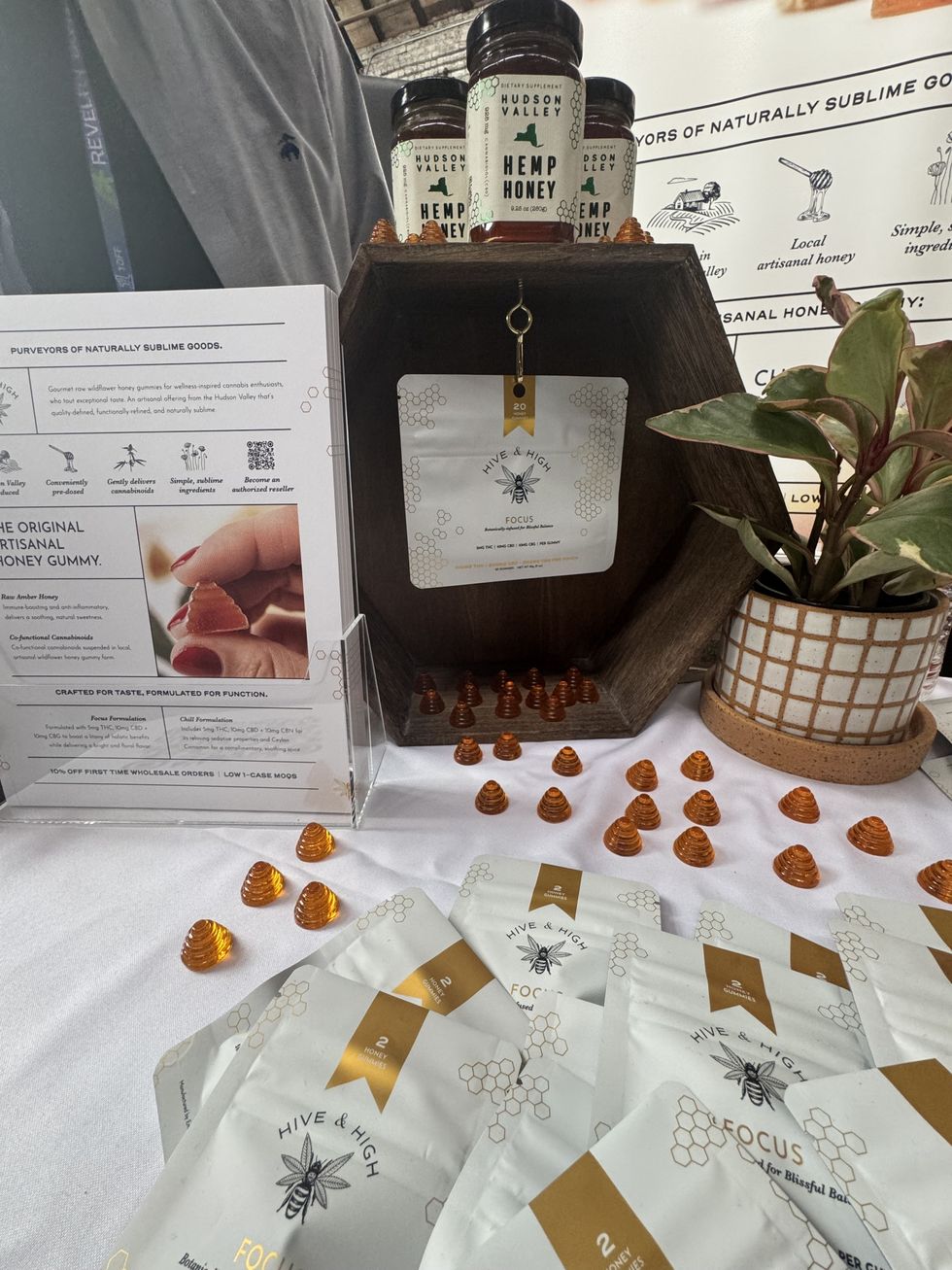
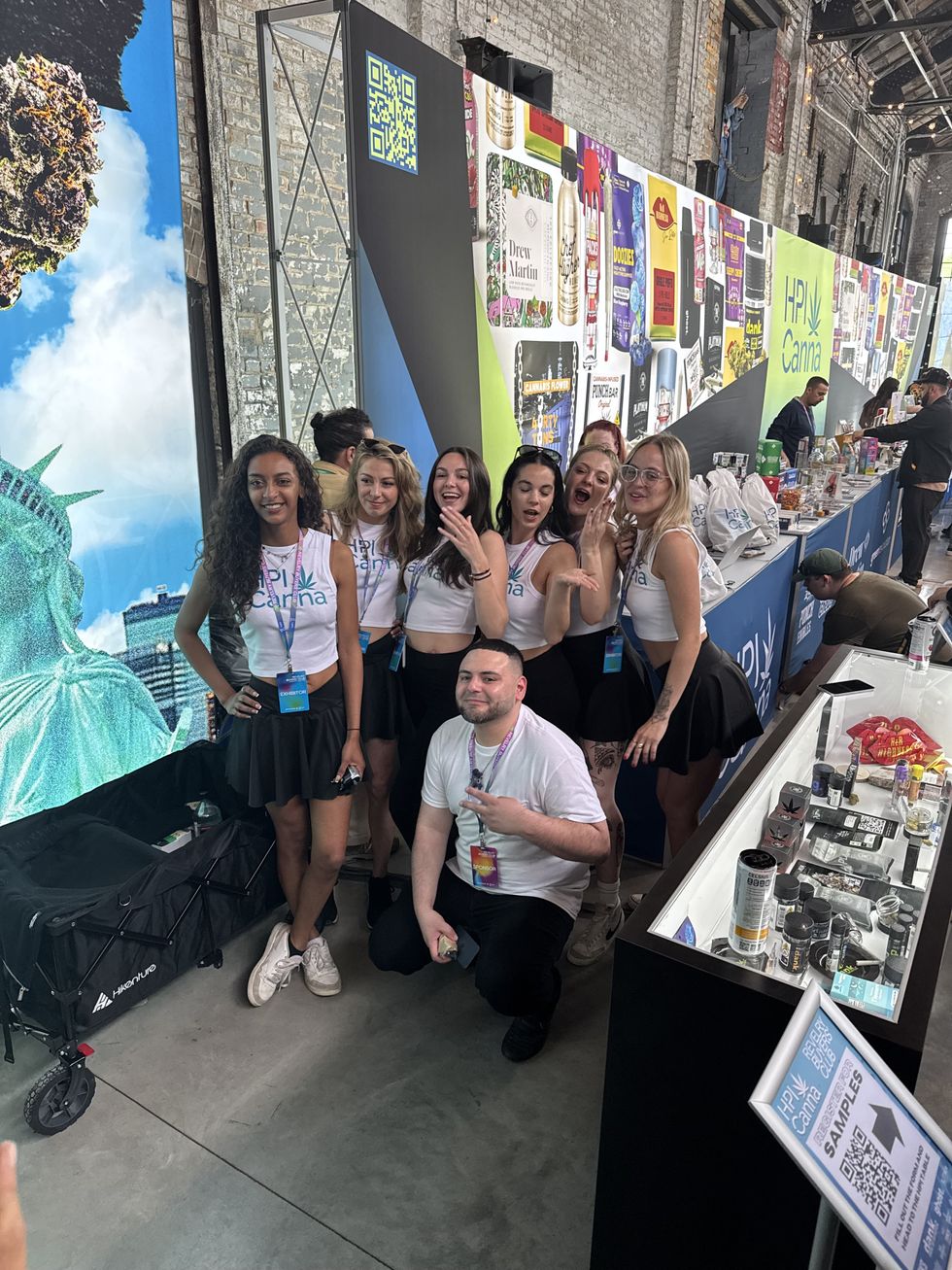
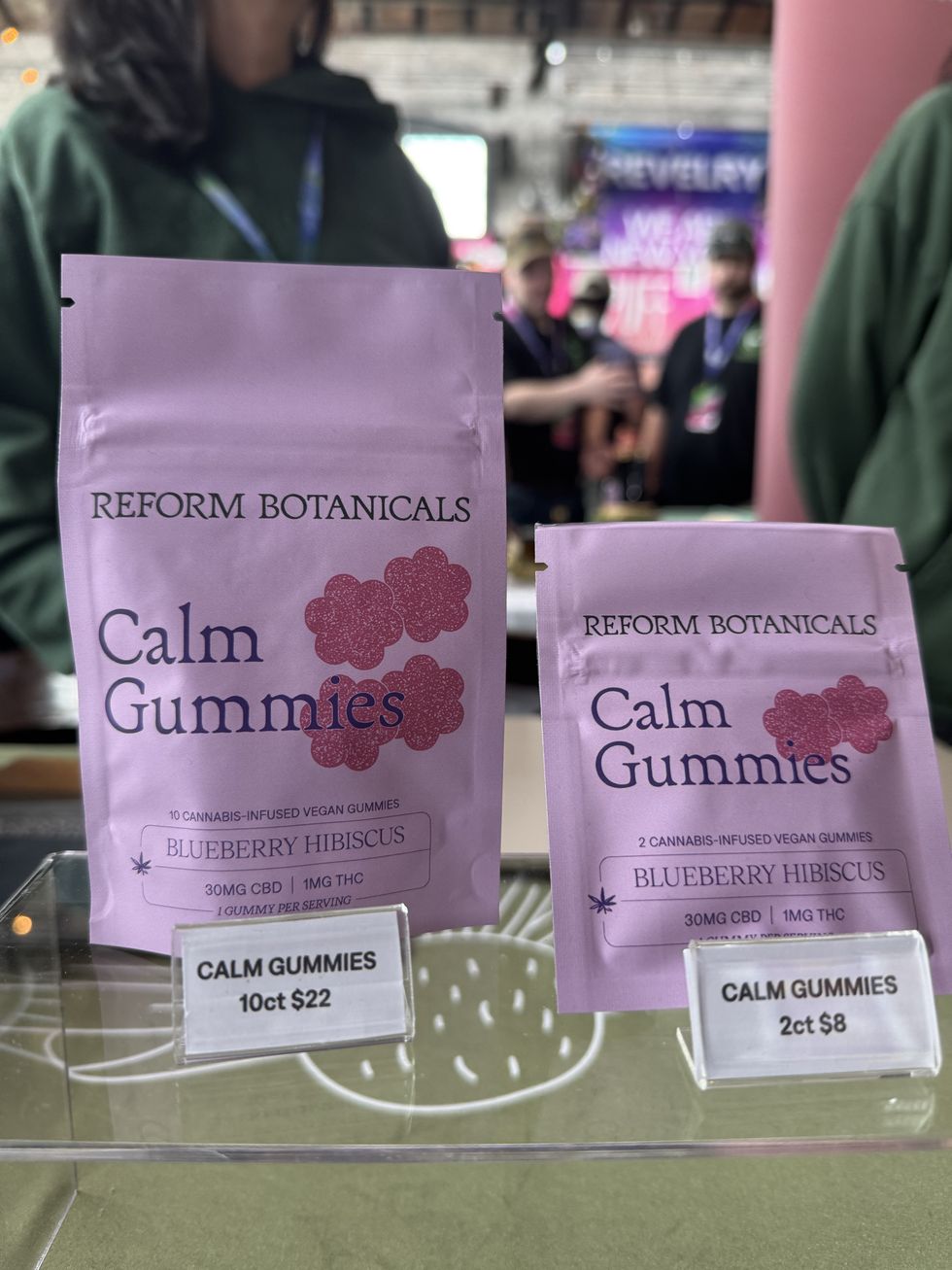
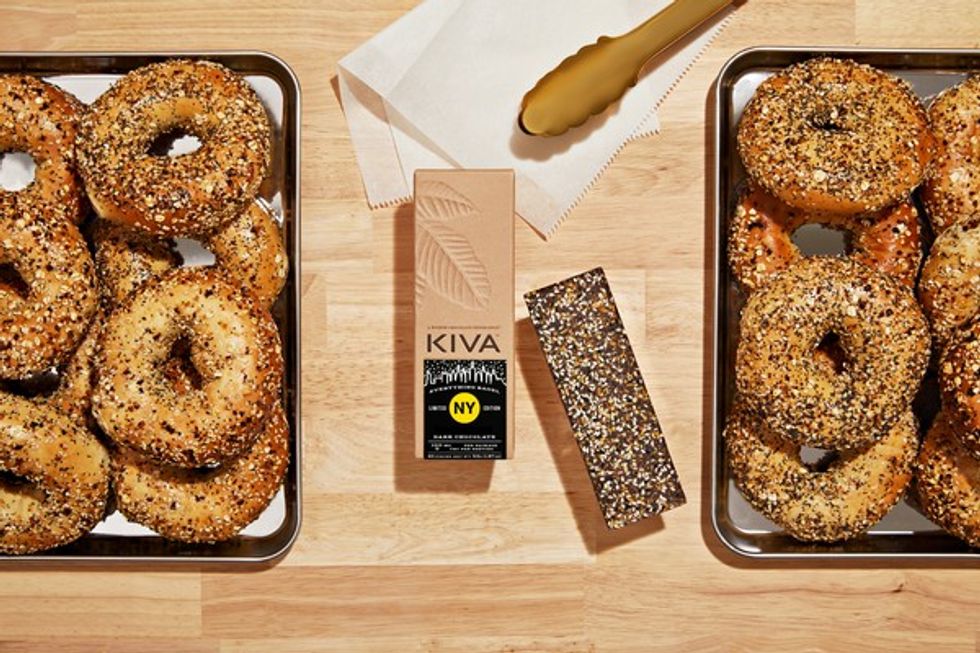
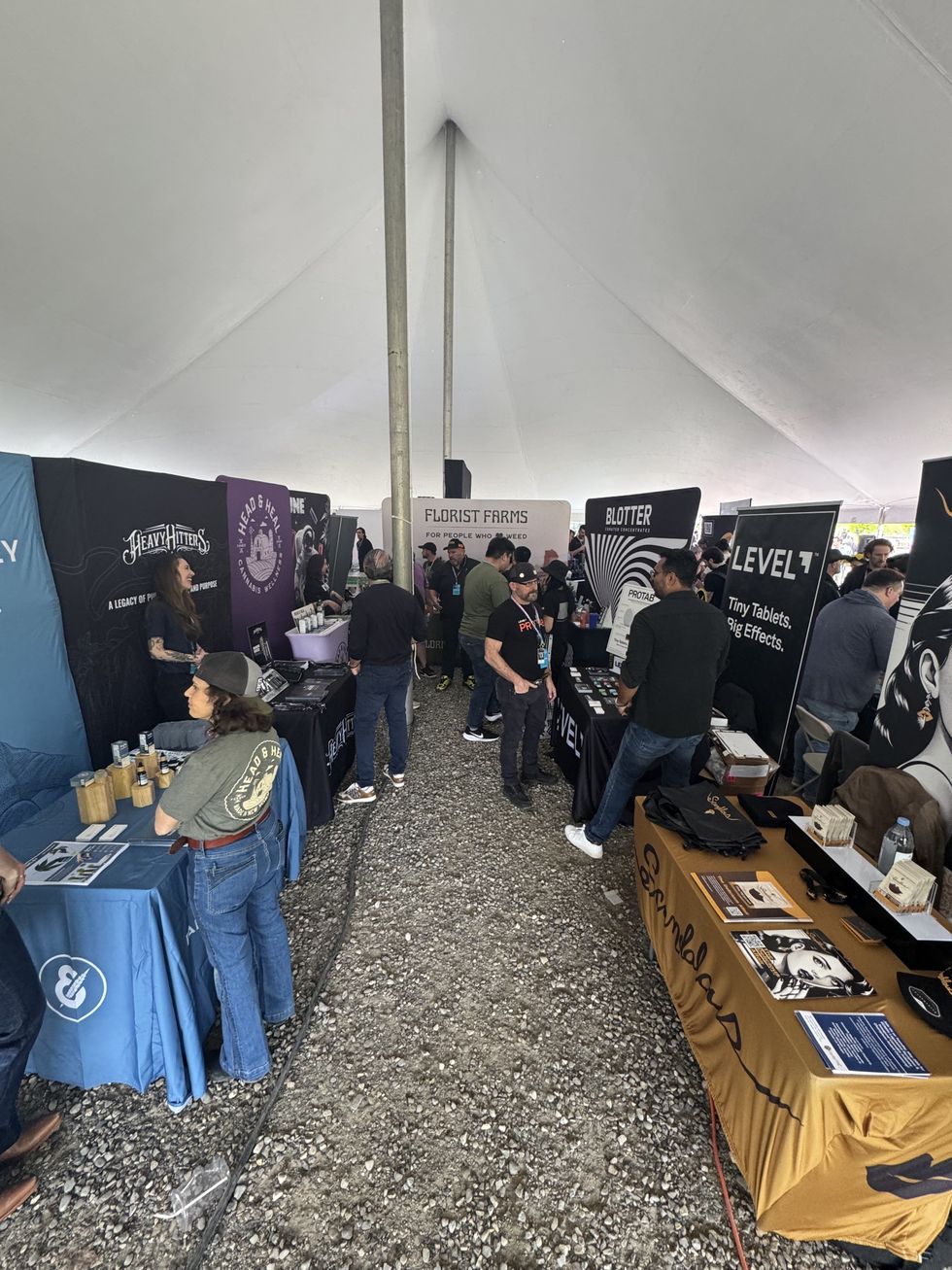
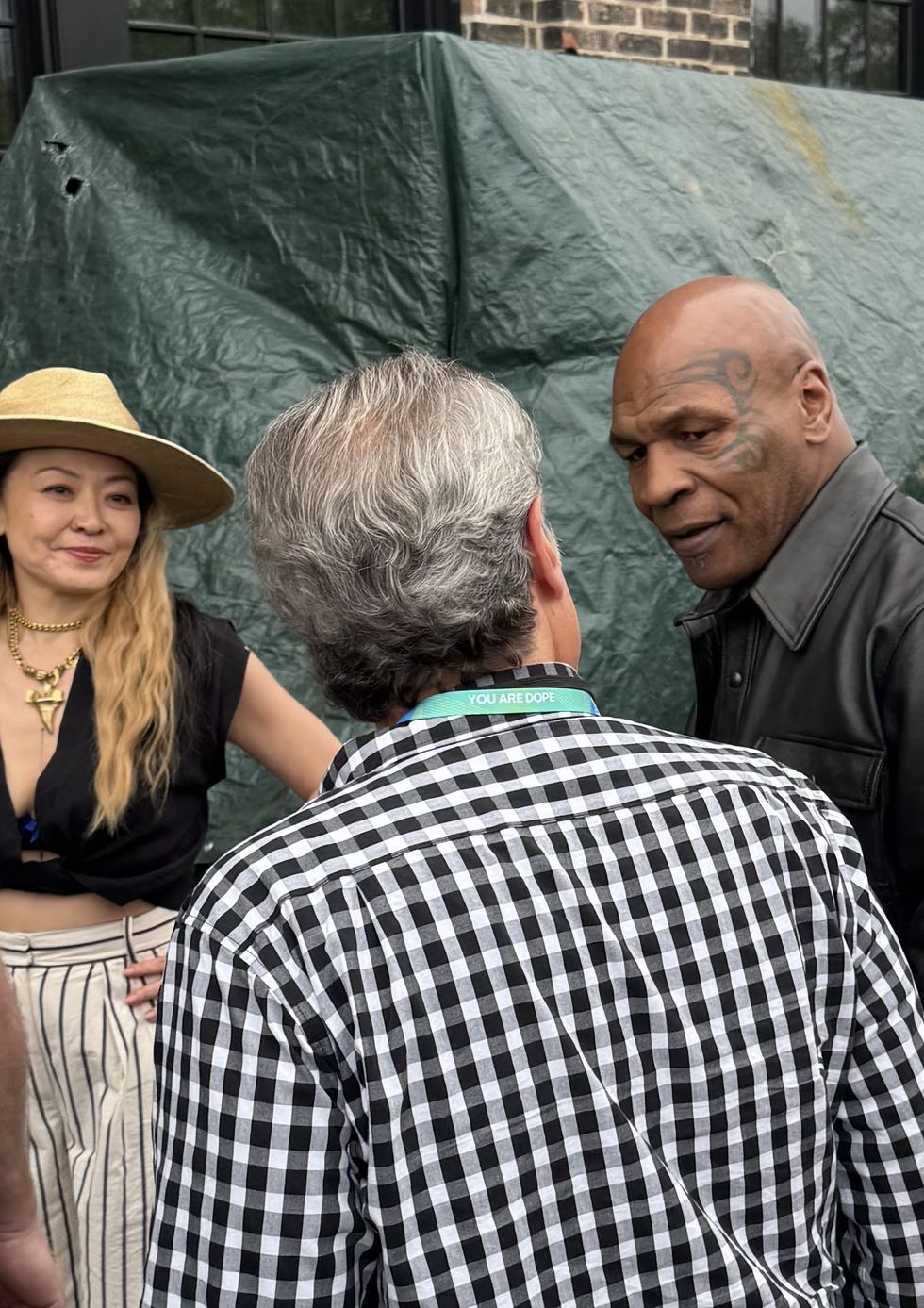
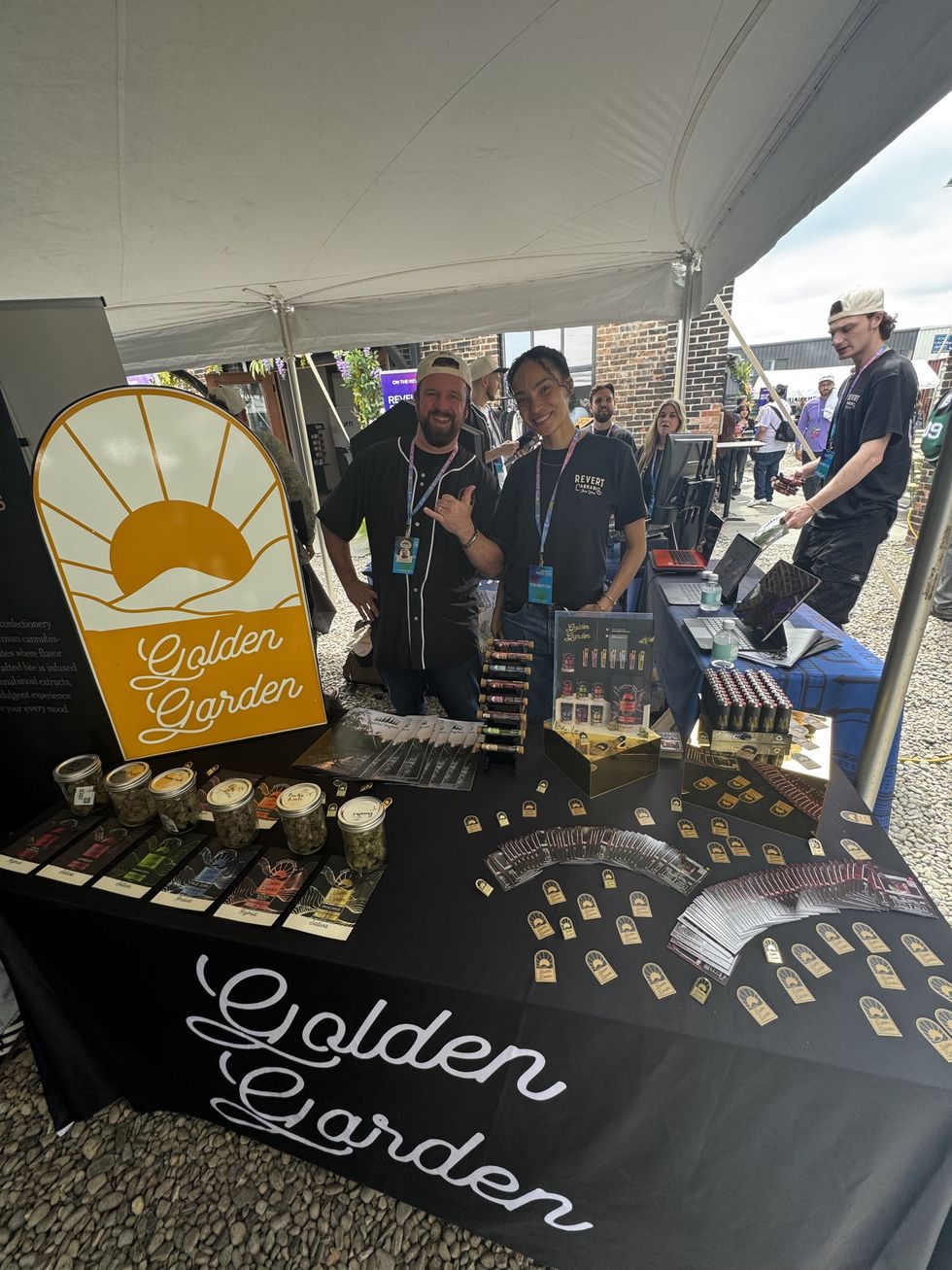
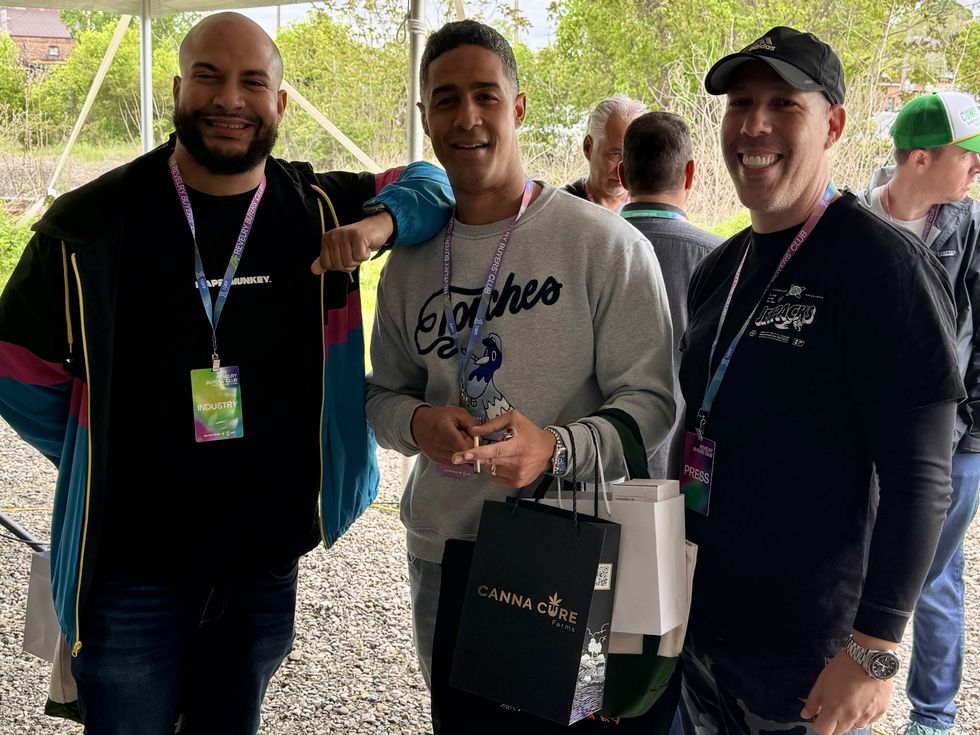

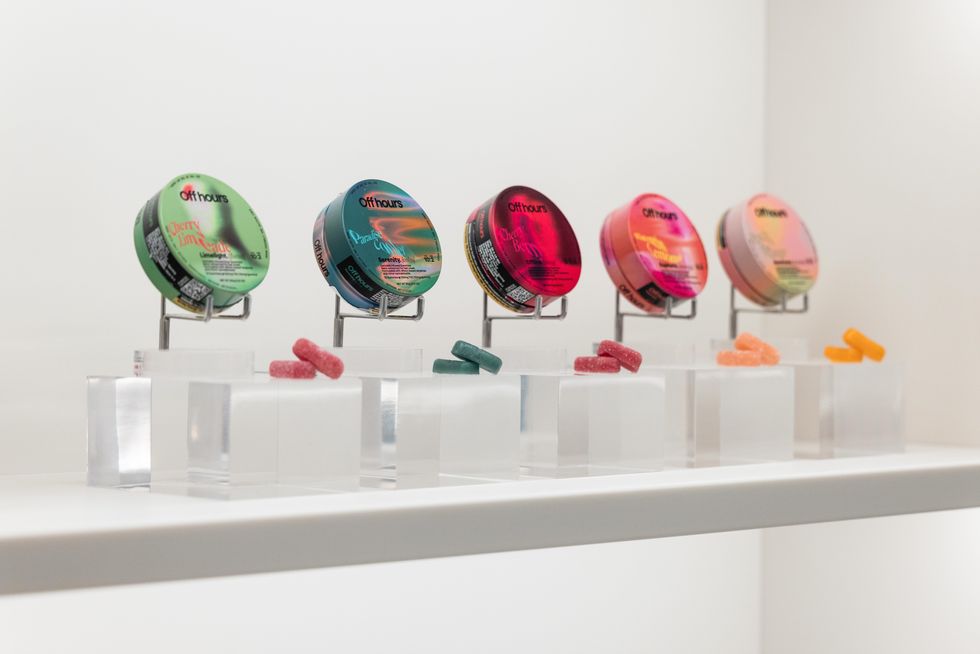 The Travel Agency Lands in SoHo - The Bluntness
The Travel Agency Lands in SoHo - The Bluntness The Travel Agency Lands in SoHo - The Bluntness
The Travel Agency Lands in SoHo - The Bluntness The Travel Agency Lands in SoHo - The Bluntness
The Travel Agency Lands in SoHo - The Bluntness The Travel Agency Lands in SoHo - The Bluntness
The Travel Agency Lands in SoHo - The Bluntness










